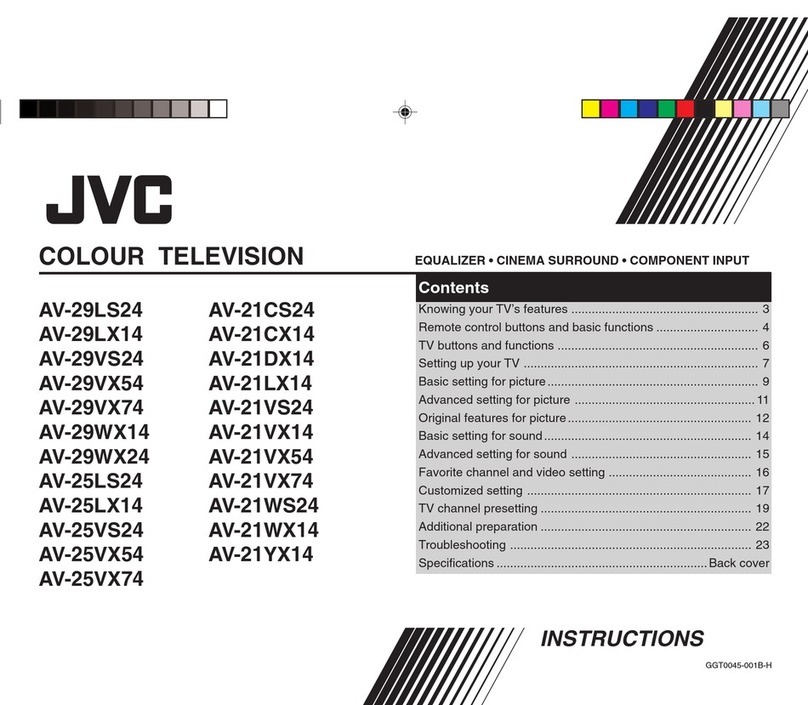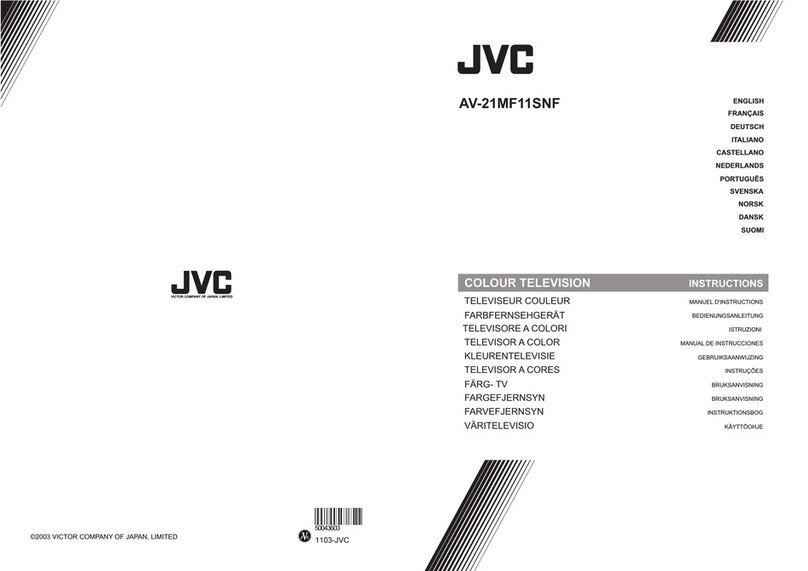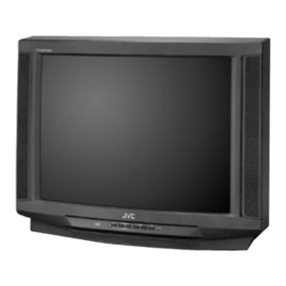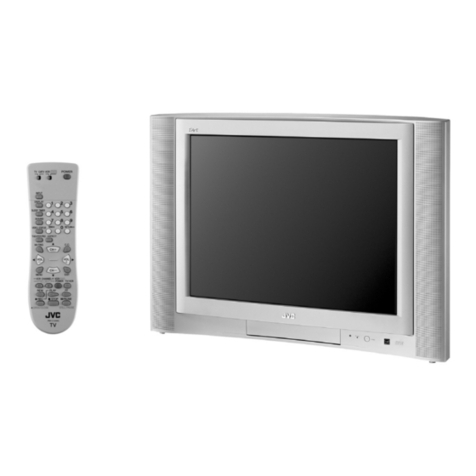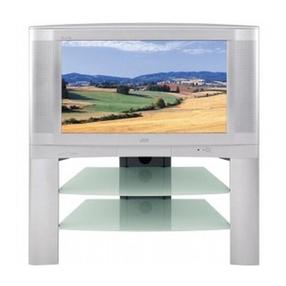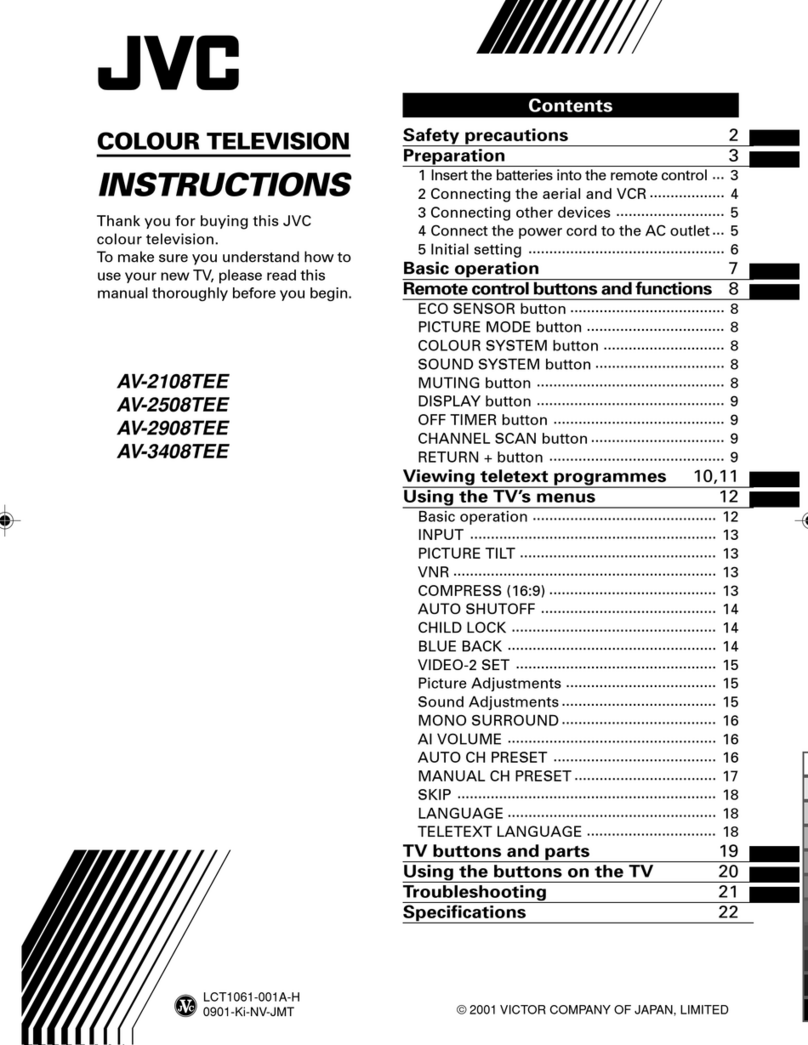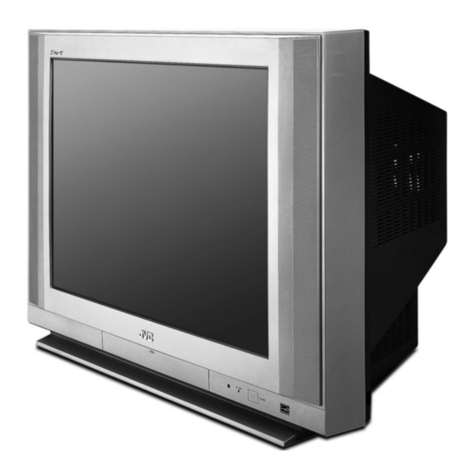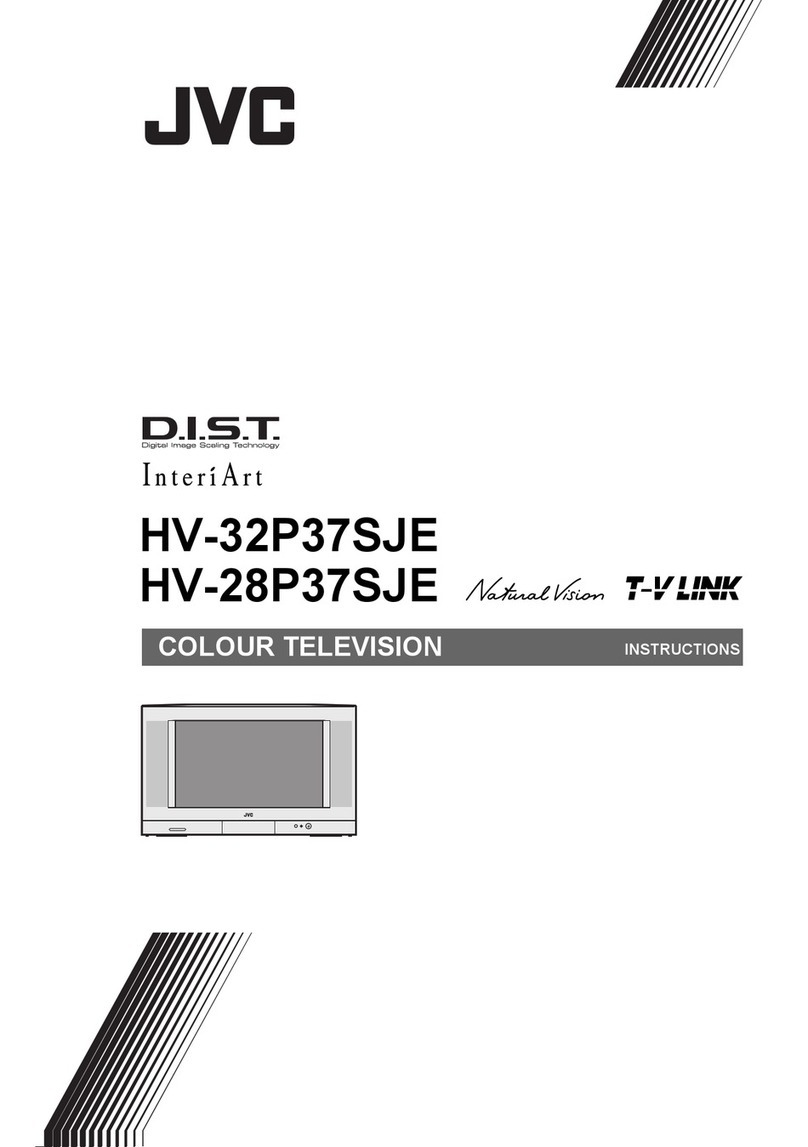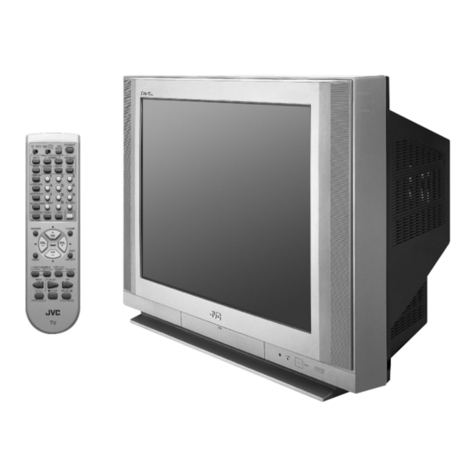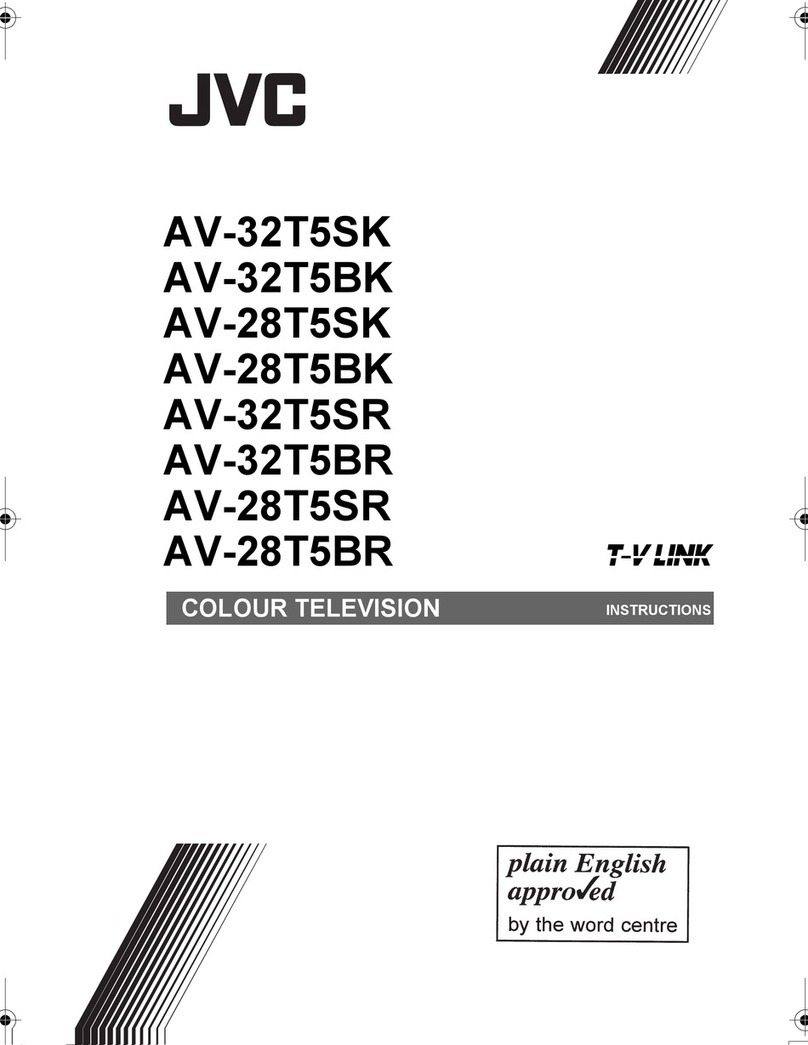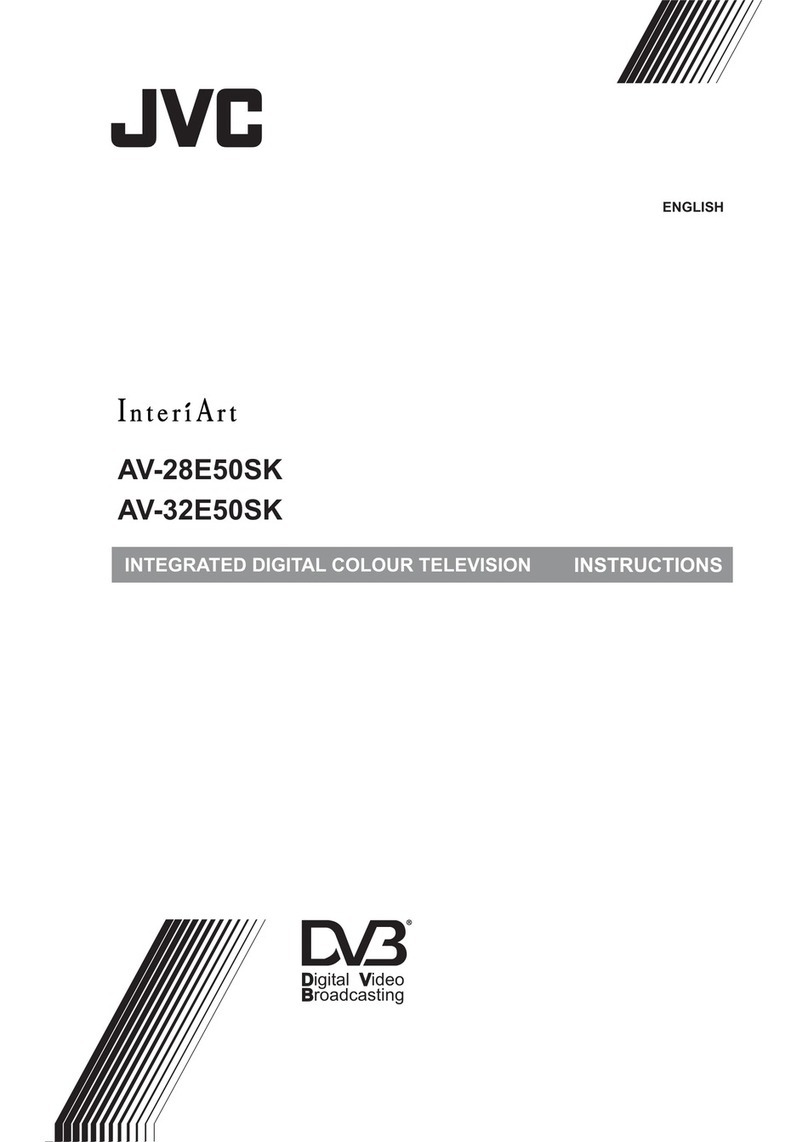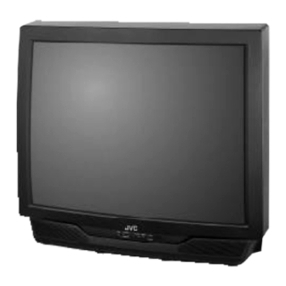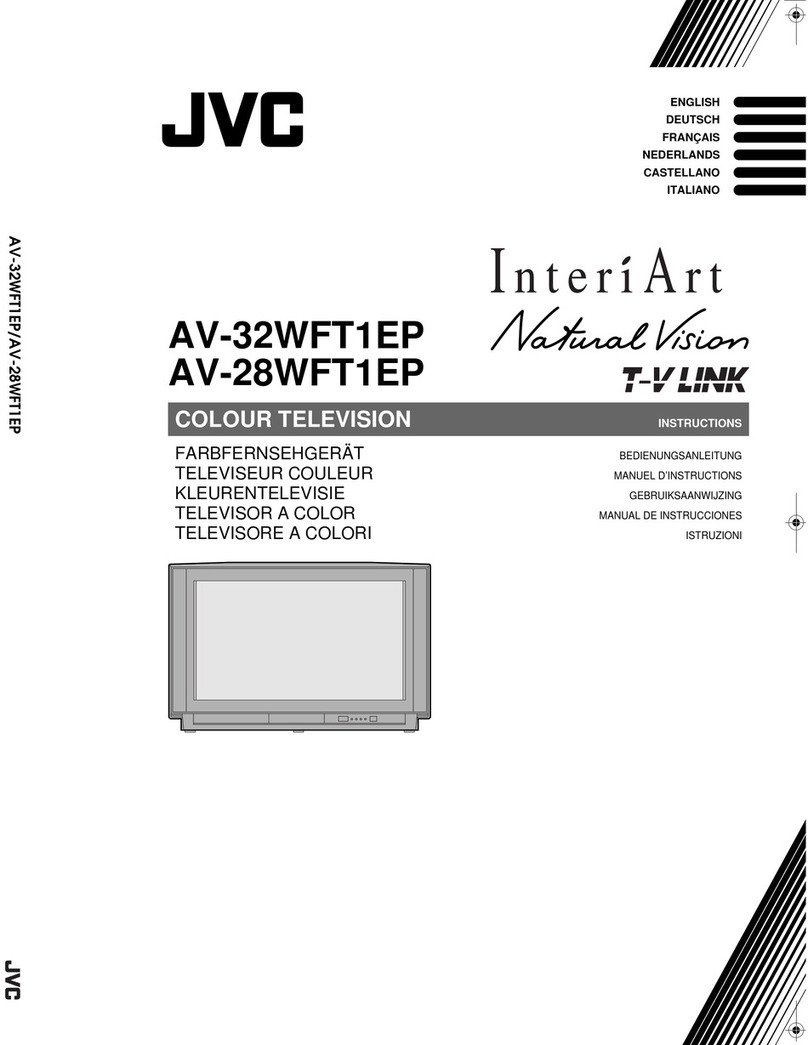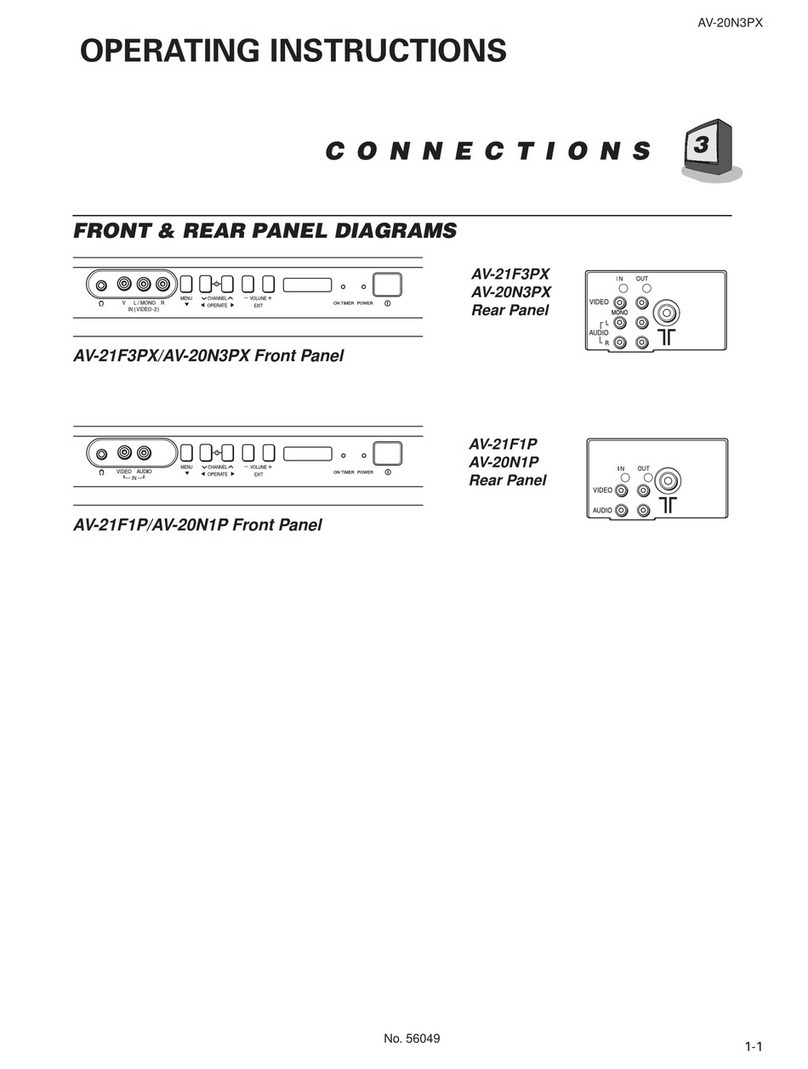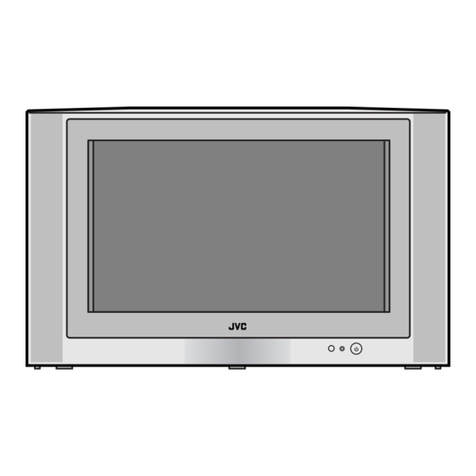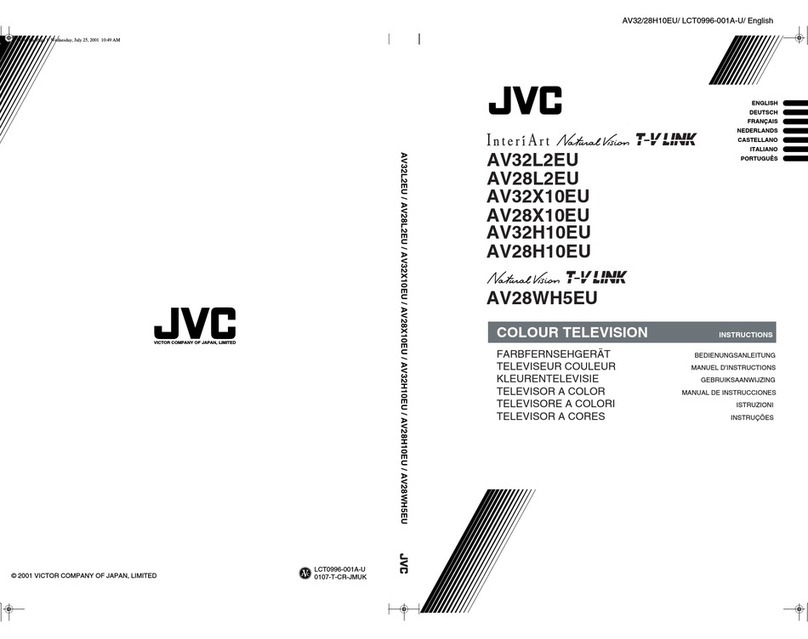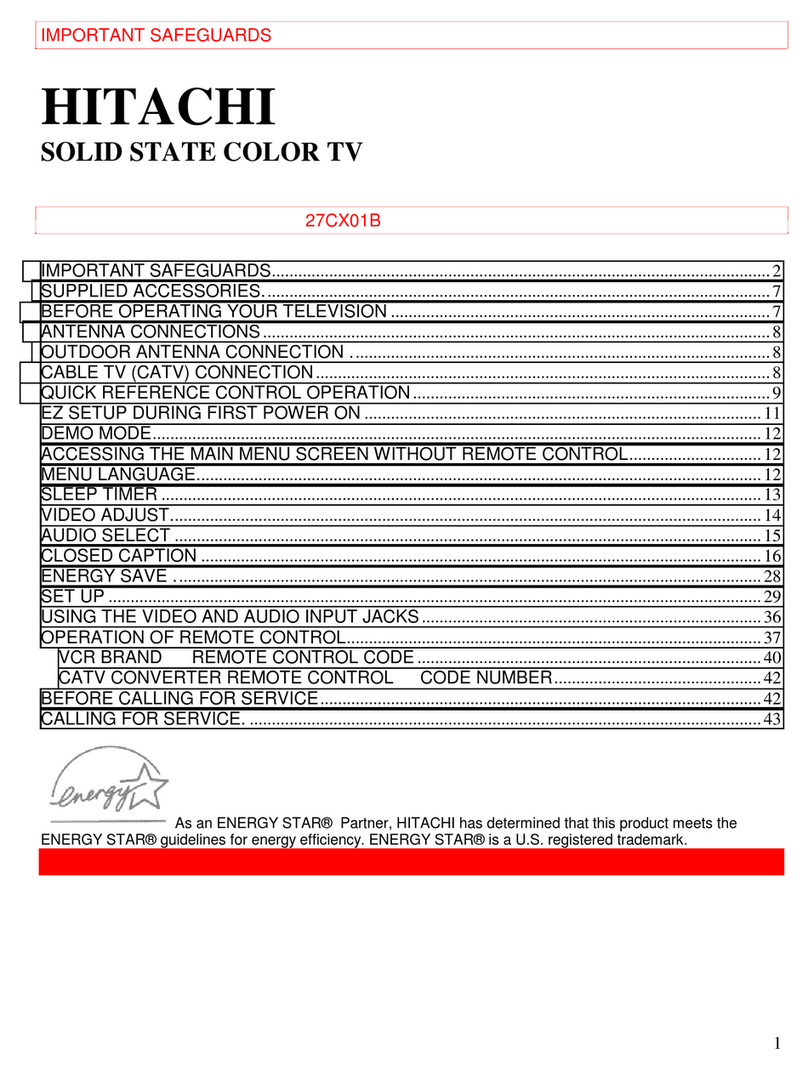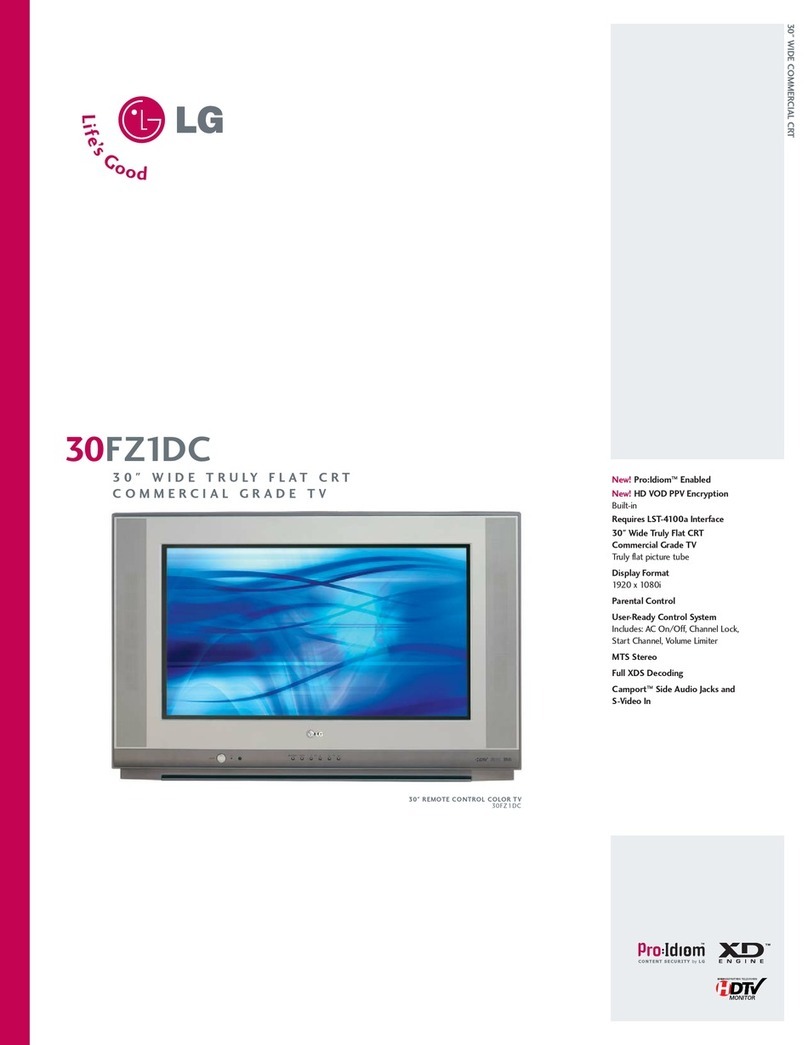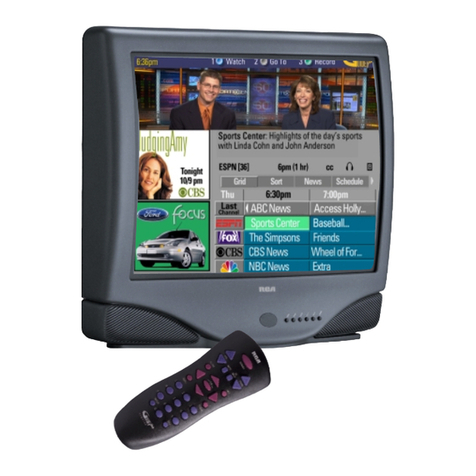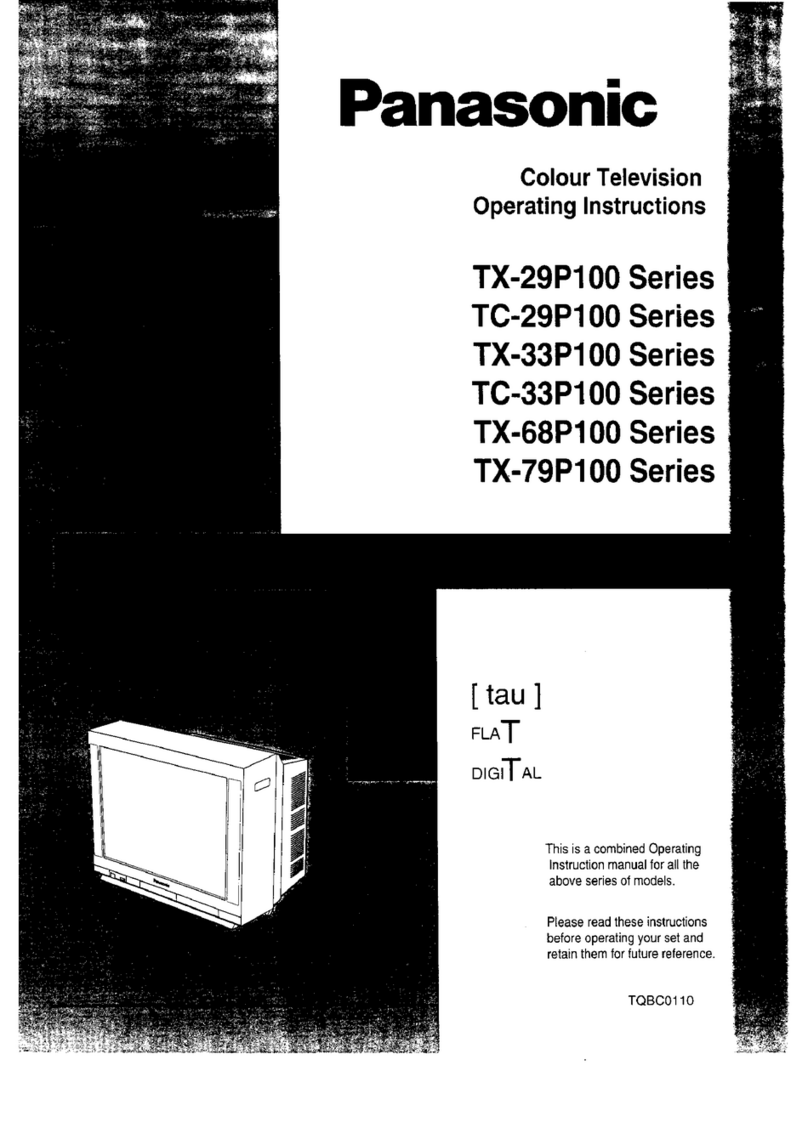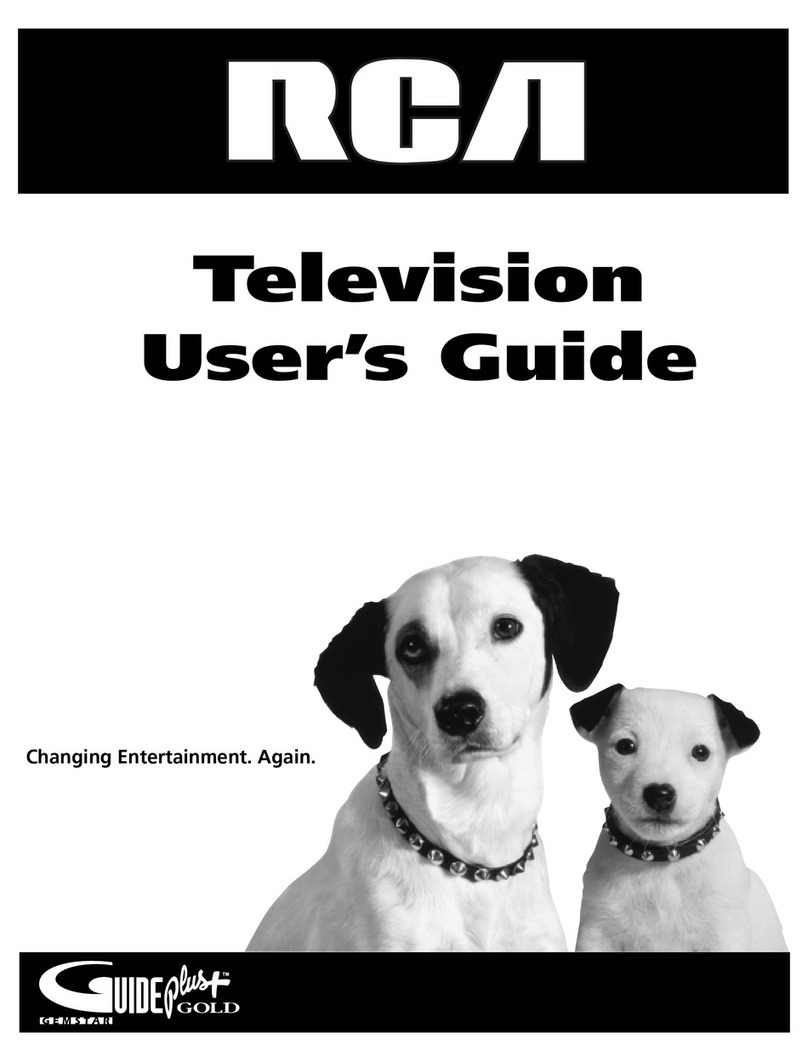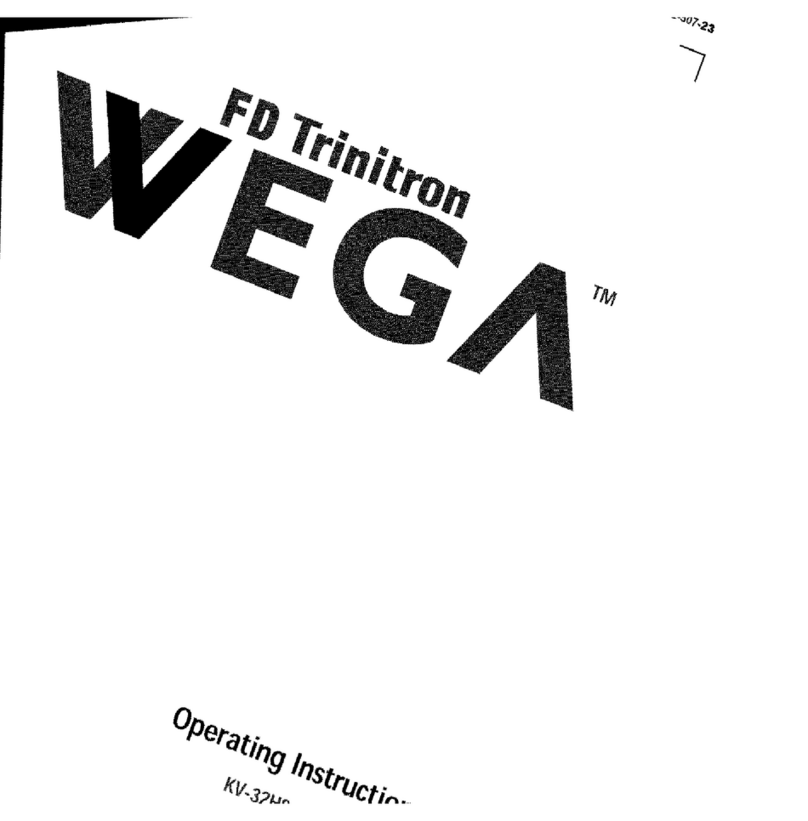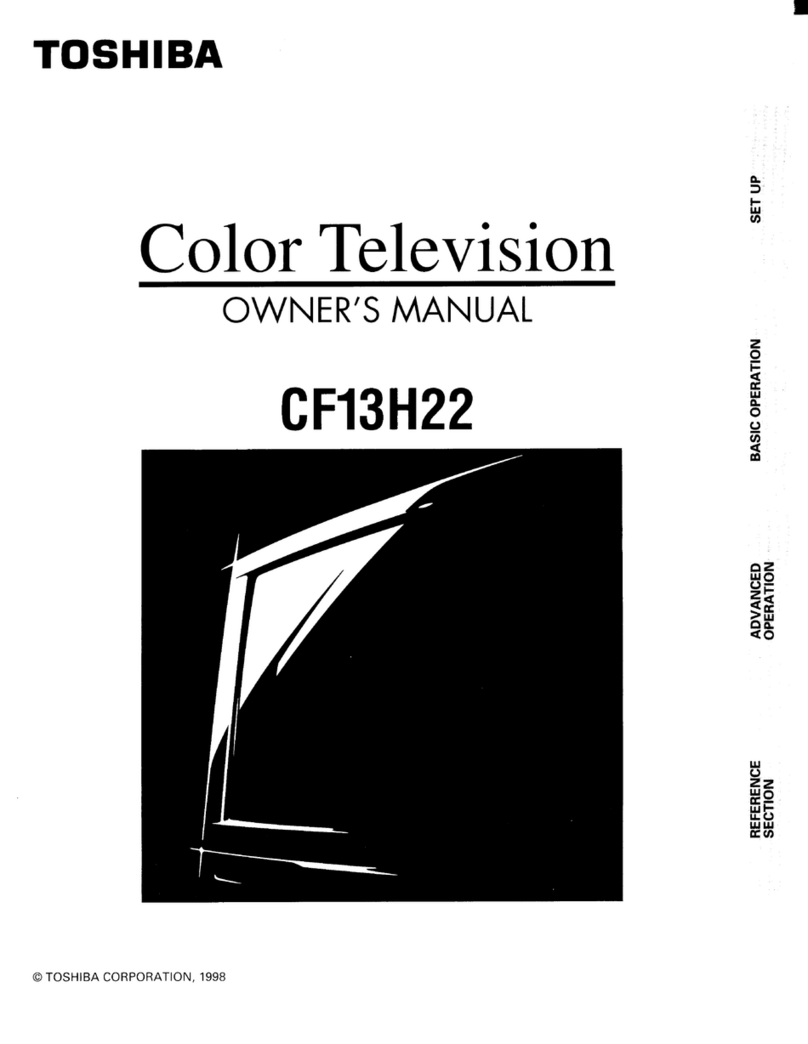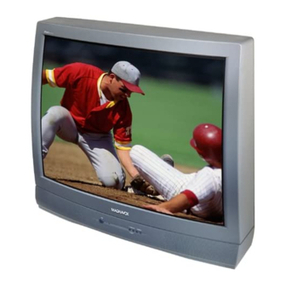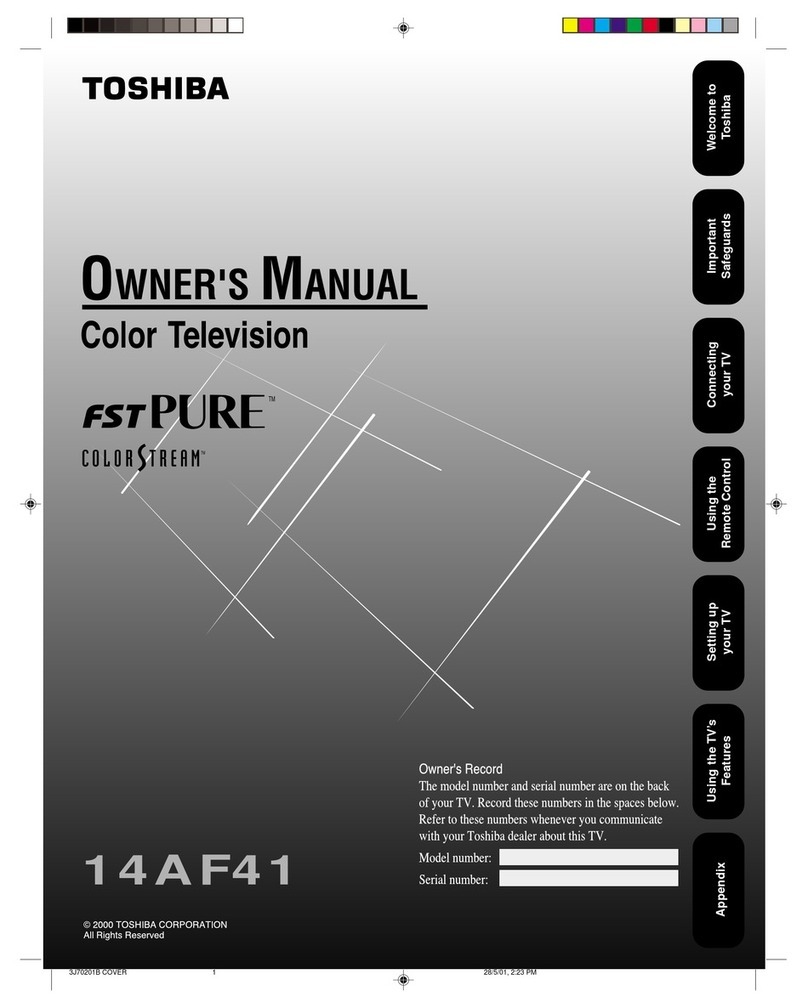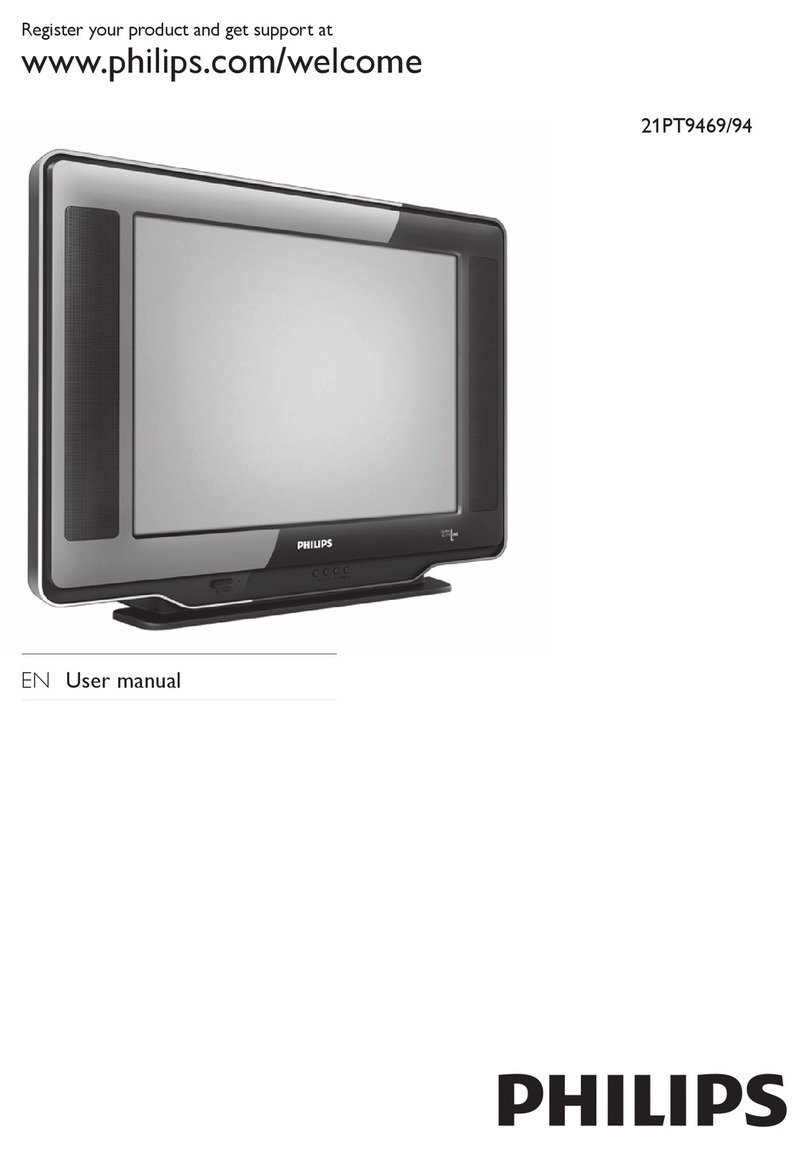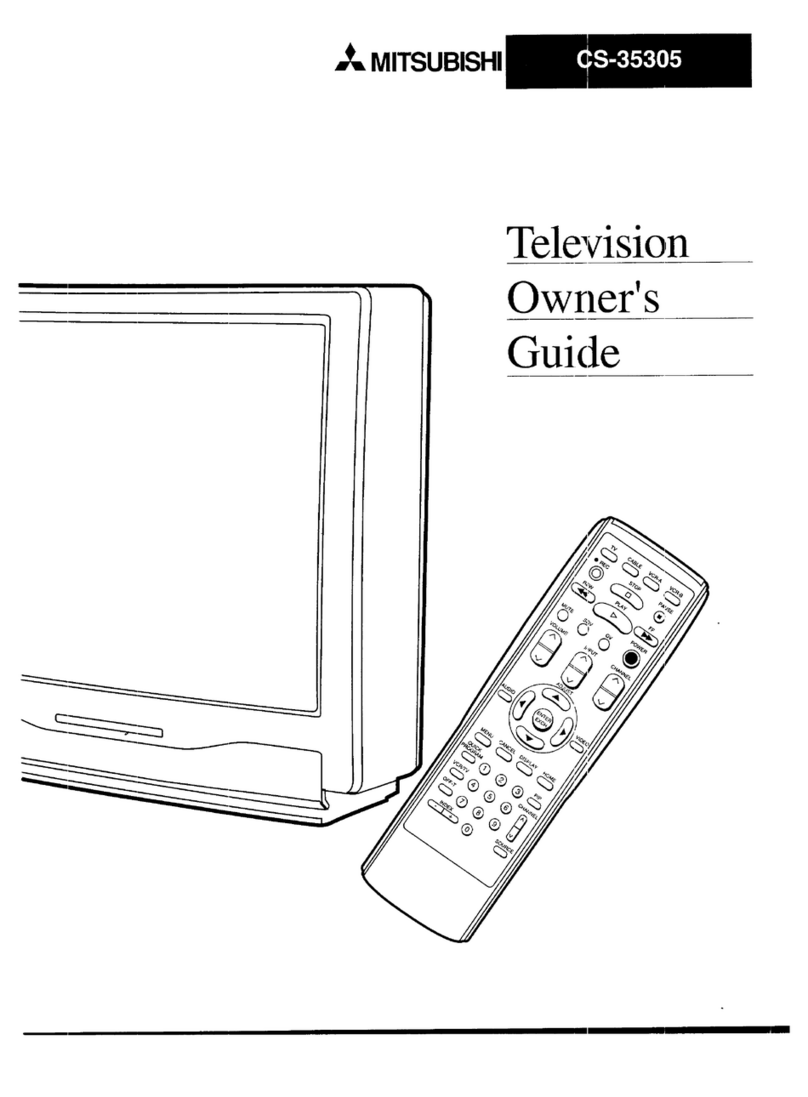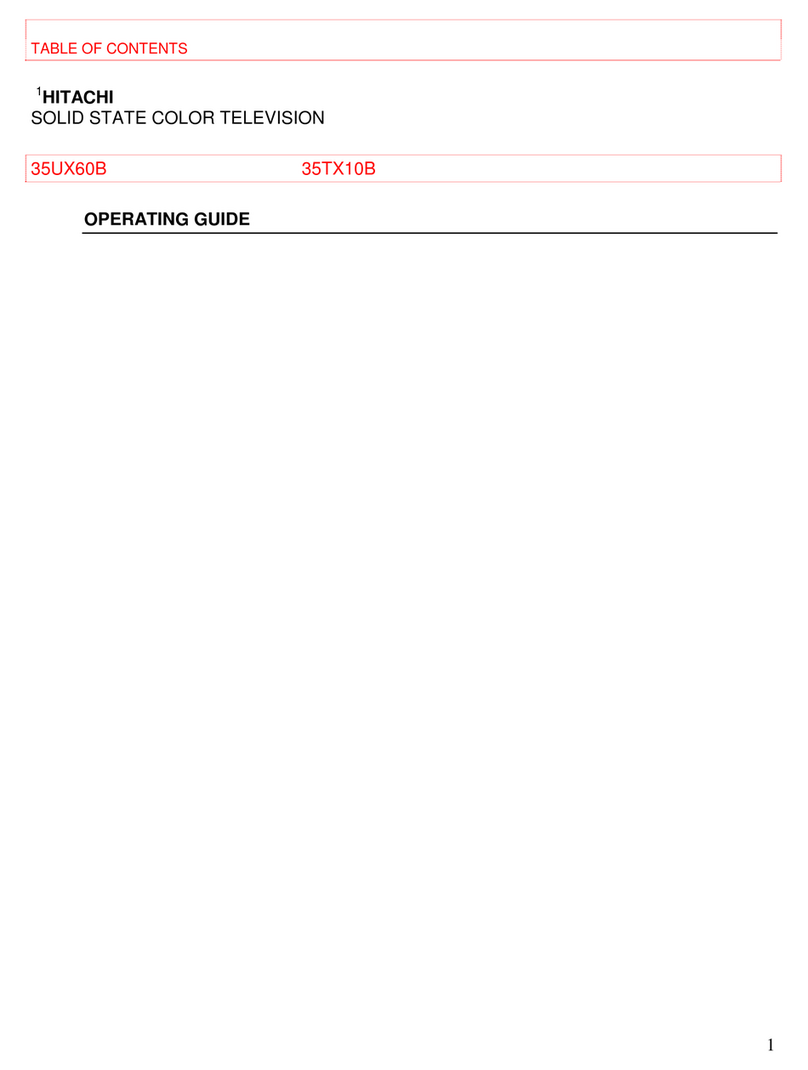
6If an outside antenna is connected to the TV set, be sure the
antenna system is grounded so as to provide some protection
against voltage surges and built-up static charges. Section 810
of the National Electrical Code provides information with respect
to proper grounding of the mast and supporting structure,
grounding of the lead-in wire to an antenna discharge unit, size
of grounding conductors, location of antenna discharge unit,
connection requirements for the grounding electrode.
7An outside antenna system should not be located in the
vicinity of overhead power lines or other electric light or
power circuits, or where it can fall into such power lines or
circuits. When installing an outside antenna system, extreme
care should be taken to keep from touching such power
lines or circuits as contact with them might be fatal.
8TV sets are provided with ventilation openings in the cabinet
to allow heat generated during operation to be released.
Therefore:
—Never block the bottom ventilation slots of a portable TV
set by placing it on a bed, sofa, rug, etc.
— Never place a TV set in a “built-in” enclosure unless
proper ventilation is provided.
— Never cover the openings with a cloth or other material.
— Never placethe TV set near or overaradiator or heat register.
9To avoid personal injury:
—Do not place a TVset on asloping shelf unless properly secured.
— Use only a cart or stand recommended by the TV set
manufacturer.
—Do not try to roll a cart with small casters across thresh-
olds or deep pile carpets.
— Wall or shelf mounting should follow the manufacturer’s
instructions, and should use a mounting kit approved by
the manufacturer.
USE
10 Caution children about dropping or pushingobjects into the TV set
through cabinet openings. Some internal parts carryhazardous
voltages and contactcan result in a fire or electrical shock.
11 Unplug the TV set from the wall outlet before cleaning. Do
not use liquid or an aerosol cleaner.
12 Never add accessoriesto a TV set that has not been designedfor
this purpose. Such additions may resultin ahazard.
13 For added protection of the TV set during a lightning storm or
when the TV set is to be left unattended for an extended period
of time, unplug it from the wall outlet and disconnect the
antenna. This will prevent damage to product due to lightning
storms or power line surges.
14 A TV set and cart combination should be moved with care.
Quick stops, excessive force, and uneven surfaces may cause
the TV set and cart combination to overturn.
SERVICE
15 Unplug this TV set from the wall outlet and refer servicing to
qualified service personnel under the followingconditions:
A. When the power cord or plug is damaged or frayed.
B. If liquid has been spilled into the TV set.
C. If the TV set has been exposed to rain or water.
D. If the TV set does not operate normally by following the
operating instructions. Adjust only those controls that are
covered in the operating instructions as improper adjust-
ment of other controls may result in damage and will often
require extensivework by a qualified technician to restore
the TV set to normal operation.
E. If the TVsethasbeendropped or damagedin any way.
F. When the TV set exhibits a distinct change in perfor-
mance — this indicates a need for service.
16 Do not attempt to service this TV set yourself as opening or
removing covers may expose you to dangerous voltage or
other hazards. Refer all servicing to qualified service personnel.
17 When replacement parts are required, have the service
technician verify in writing that the replacement parts he uses
have the same safety characteristics as the original parts.
Use of manufacturer’s specified replacement parts can
prevent fire, shock, or other hazards.
18 Upon completion of any service or repairs to this TV set,
please ask the service technician to perform the safety check
described in the manufacturer’s service literature.
19 When a TV set reaches the end of its useful life,improper
disposal could result in a picture tube implosion. Ask a
qualified service technician to dispose of the TV set.
20 Note to CATV system installer.
This reminder is provided to call the CATV system installer’s
attention to Article 820-40 of the NEC that provides
guidelines for proper grounding and, in particular, specifies
that the cable ground shall be connected to the grounding
system of the building, as close to the point of cable entry
as practical.
EXAMPLE OF ANTENNA GROUNDING
AS PER NATIONAL ELECTRICAL CODE
